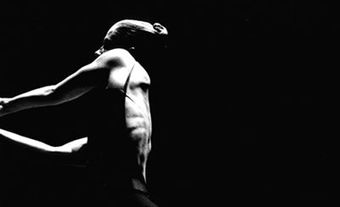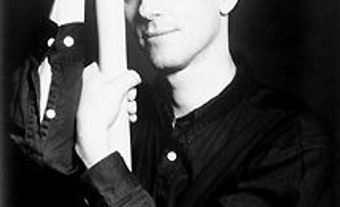Mabel Lockerby, painter (born 13 March 1882 in Montréal, QC; died 1 May 1976 in Montréal). Mabel Lockerby was one of the 19 members of the Montréal art collective known as the Beaver Hall Group, which was one of the first art groups in Canada to have both male and female members. She studied at the Art Association of Montreal under Maurice Cullen and William Brymner, who had trained in Paris and taught his students to find their own personal style. Lockerby painted portraits, landscapes with figures, and still lifes, employing rich colours and visible brushstrokes. Lockerby’s paintings are characterized by a strong sense of design.
Life and Education
Mabel Irene Lockerby was born to Alexander Linton Lockerby and Barbara Cox in 1882. She was one of seven children, four of whom survived to adulthood.
The family lived in several different houses on MacKay Street in Montréal. Alexander Lockerby was a wholesale grocer who died suddenly in 1915, but left his wife and daughters enough money to live comfortably. After Barbara Lockerby died in 1939, Mabel and her sisters remained in the family home until the late 1950s, when they were forced to move to a house on Vendôme Avenue due to financial difficulties. Mabel Lockerby died in 1976 at the age of 94, a few months after suffering a stroke.
Early in the 20th century, Lockerby studied at the Art Association of Montreal under the direction of William Brymner and Maurice Cullen. Brymner modelled the Art Association of Montreal, later the Montreal Museum of Fine Arts, on the French academic curriculum. Brymner was well versed in European modernism and he taught his students to find their own personal style based on their impressions of what they saw. In this way, Brymner was drawing on both Impressionism and Post-Impressionism, and his ideas were highly influential among his pupils.
In 1903, when Lockerby was in her early twenties, she won the Art Association’s scholarship for drawing in the "Antique class." In May 1911, she won the Morrice Prize for composition. While studying at the Art Association of Montreal, Lockerby met a number of artists, including Henrietta Mabel May, Emily Coonan and Kathleen Morris, all of whom would later become members of the Beaver Hall Group.
The Beaver Hall Group
Mabel Lockerby was one of 19 artists, including 8 women, who were identified in a review in the Montreal Gazette (18 January 1921) of the “first annual” exhibition of the Beaver Hall Group, which had formed in 1920 when a loose collective of Montréal artists rented studio space at 305 Beaver Hall Hill. A number of other women artists, such as Prudence Heward and Kathleen Morris, were later associated with the Beaver Hall Group, which likely disbanded in 1922 due to financial issues.
Heward painted Lockerby at least twice. Her muted bust portrait of Lockerby entitled Miss Lockerby (c. 1924)was selected for the 1925 British Empire Exhibition in Wembley, England. A reporter for the London Sunday Times noted with admiration that it was “a very promising, simply painted head.” A much more striking representation of Lockerby is evident in Heward’s, At the Café (1929), which portrays Lockerby at the age of 47 as a self-contained and serious-faced subject in a vibrant red and blue ensemble, sitting alone at a café table. In 1929, when Heward won First Prize in the Willingdon Arts Competition, Lockerby received an Honourable Mention for her painting Marie et Minou (1928).
In addition to the Beaver Hall Group, Lockerby was also a member of the Canadian Group of Painters, which she joined in 1939, and the Contemporary Arts Society of Montreal. Lockerby painted a range of subjects, including children and animals, city streets, soldiers and still lifes.
Exhibitions and Collections
Mabel Lockerby’s work was included in many exhibitions during her lifetime. She was selected for the British Empire exhibitions of 1924 and 1925, showed her work regularly at the Art Association of Montreal’s annual Spring Exhibitions from 1914 to 1956, and was included at the 1939 New York World’s Fair. She was also included in the exhibition Canadian Women Artists at the Riverside Museum in New York in 1947.
Her work is now in the collections of the National Gallery of Canada, the Art Gallery of Ontario and the Art Gallery of Hamilton, in addition to many private collections.

 Share on Facebook
Share on Facebook Share on X
Share on X Share by Email
Share by Email Share on Google Classroom
Share on Google Classroom


